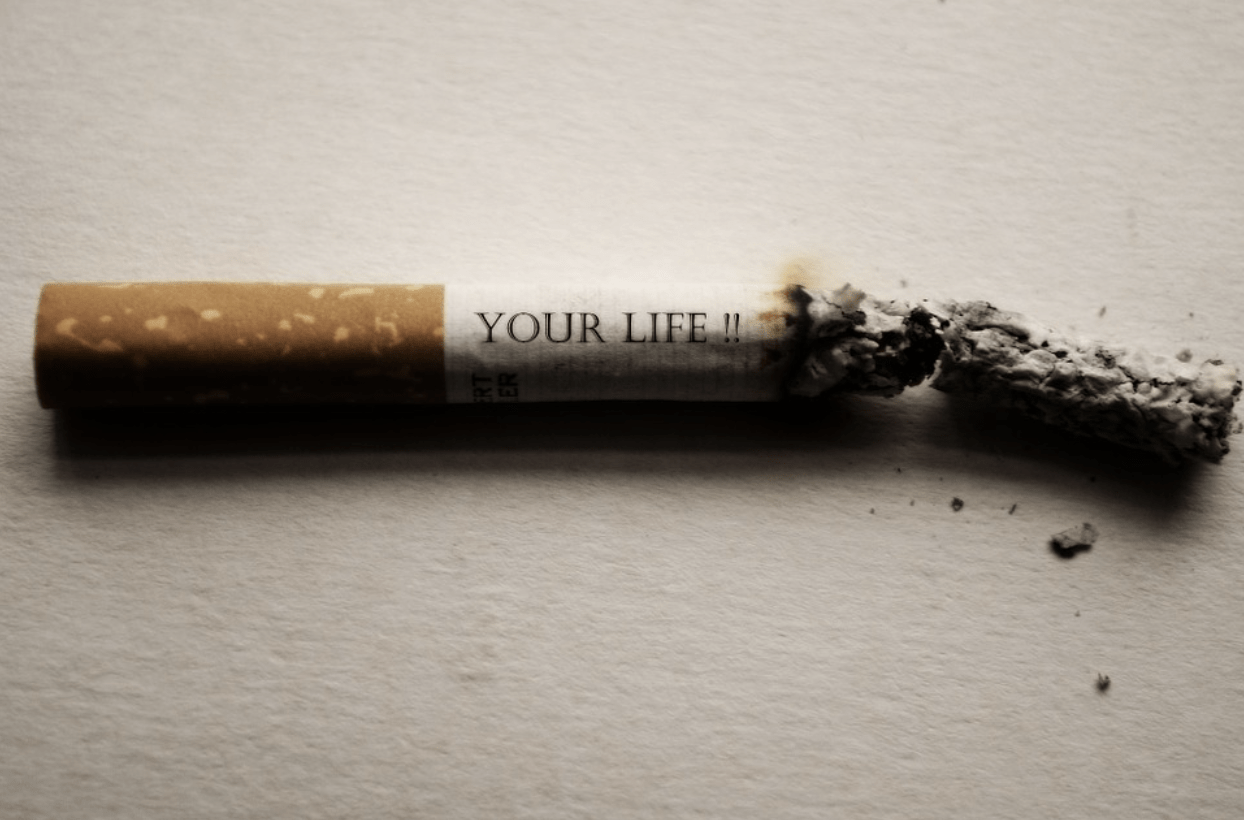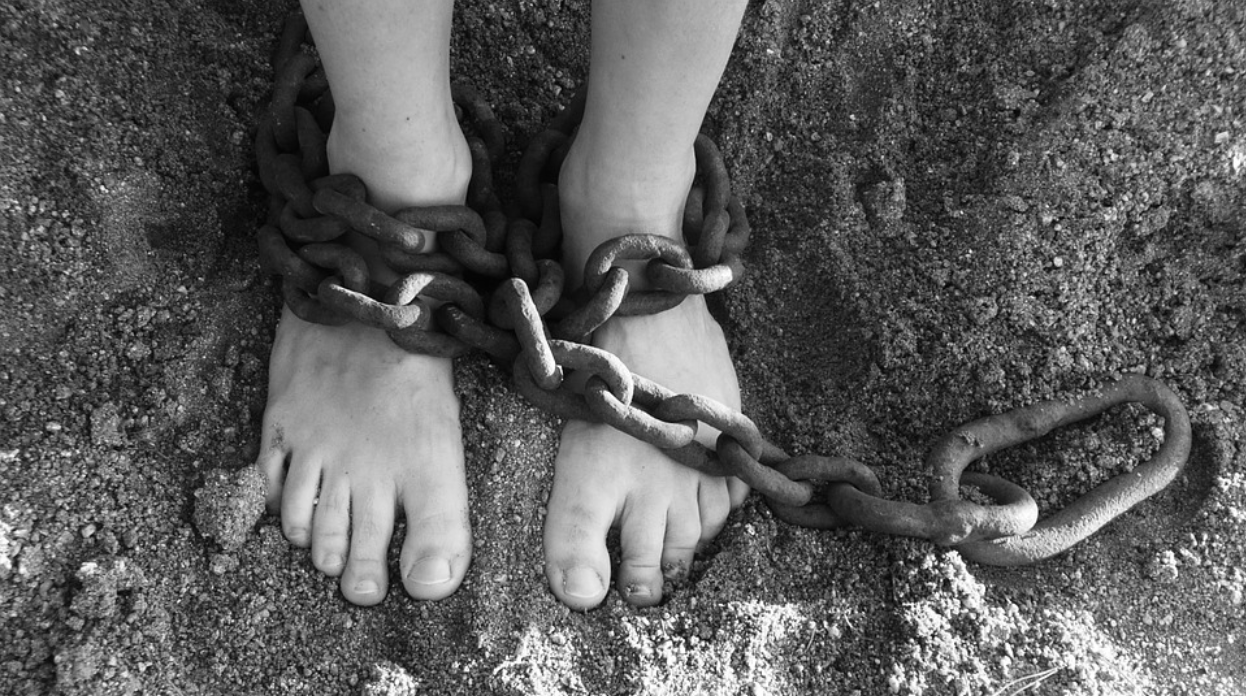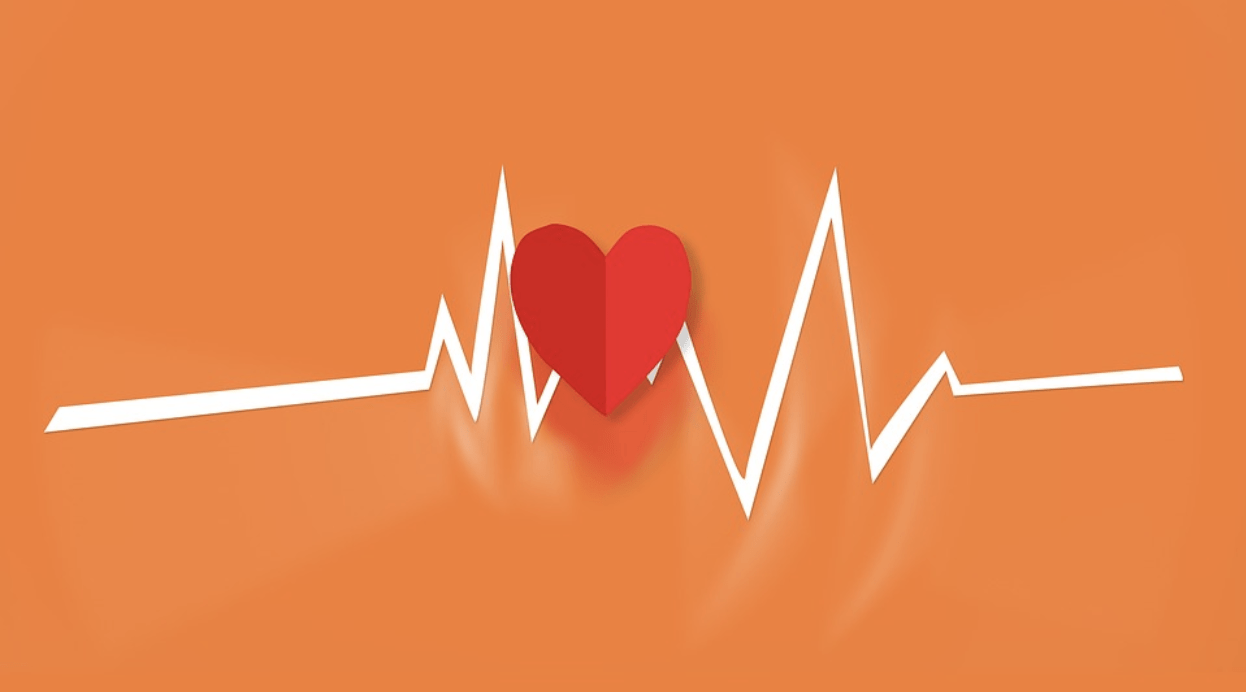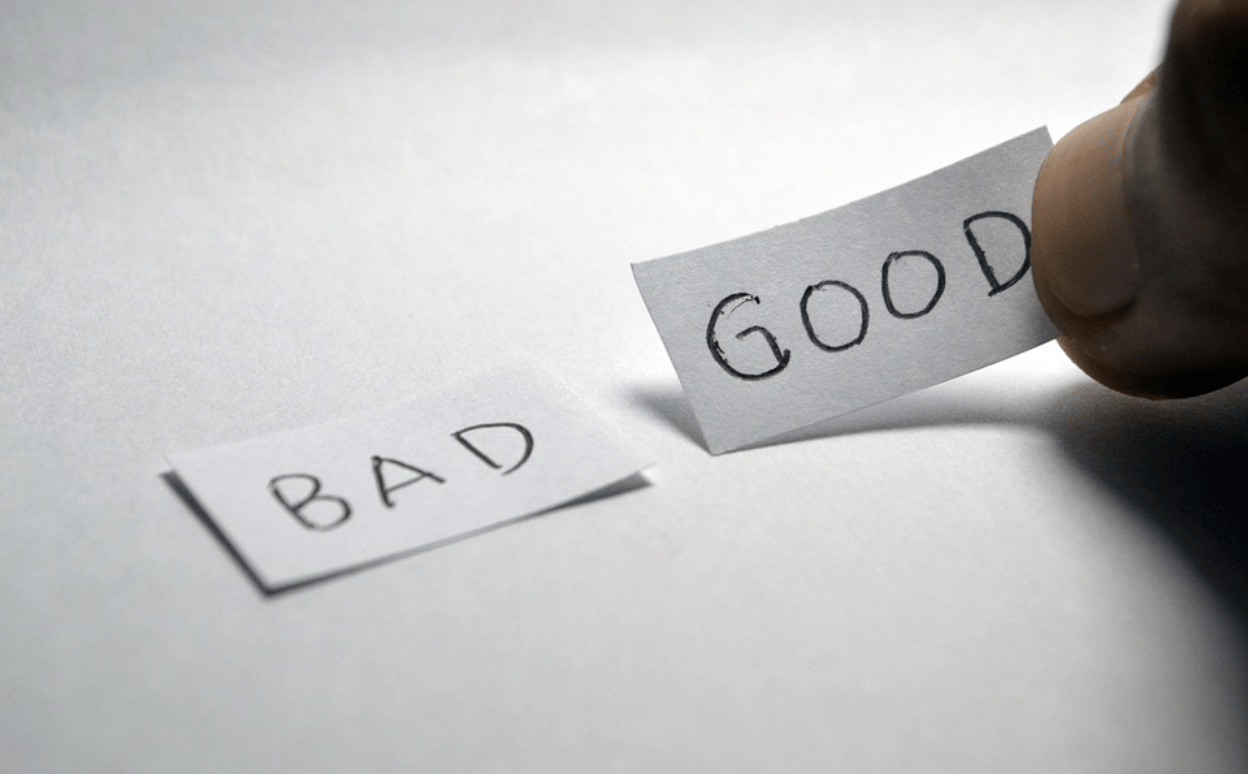
The government used the War on Drugs for decades as a strategy to reduce the drug trade and use consequences. Unfortunately, from the perspective of many, the war on drugs is a failure. Along with not working to curb substance abuse rates, some critics feel it’s contributed to mass incarceration and racial disparities in the prosecution of drug crimes.
How Did the War on Drugs Start?
The War on Drugs was a government-guided initiative to stop the use of illegal drugs and their trade and distribution. The primary way of doing this was through increased criminal penalties for users and dealers.
- Early laws date back to the 1800s criminalizing drug use, but this didn’t ramp up to what we currently know it to be until the 1970s.
- President Richard Nixon signed the Controlled Substance Act into law in 1970.
- The CSA outlines five schedules. These schedules classify drugs based on their abuse potential and their medical uses.
- A Schedule 1 drug under the Controlled Substances Act is the most dangerous, at least according to the federal government.
- A Schedule 1 drug is one that the government says has a high addiction risk with no major medical application. Interestingly, marijuana is still Schedule 1 federally, despite many states legalizing it.
- Also, Schedule 1 is heroin, the dissociative drug ecstasy, and LSD.
- In 1971, then-President Nixon officially declared there was a war against drugs. Nixon said drug abuse was the number one public enemy at the declaration. Combative, war imagery was often used, such as the term drug czar.
- As part of his efforts, Nixon increased federal funding for drug-control agencies. There was a call for strict measures, including mandatory prison sentences for drug crimes.
- Night after night, on the evening news, people were bombarded with words and images about the drug war.
- Nixon created the Special Act Office for Drug Abuse Prevention at the time.
- In 1973, Nixon created the Drug Enforcement Administration. The DEA is a police force dedicated exclusively to illegal drug use and smuggling in the U.S. There are thousands of agents, and the DEA has a budget in the billions of dollars.
In 1994, John Ehrlichman, who served as Nixon’s domestic policy chief, indicated the War on Drugs was primarily a means for the president to stay in office and appeal to his base while targeting his political enemies.
Ehrlichman explained during a magazine interview that the Nixon campaign saw itself as having two enemies—black people, especially African-American men, and the left fighting against the war.
Many people criticize even the current drug laws, citing their racial motivations that continue to affect communities of color.
In a quote, Ehrlichman said the administration couldn’t make it illegal to be people of color or anti-war hippies with marijuana. Hence, they wanted the public to associate heroin and marijuana with those groups of people instead.
Shockingly, Ehrlichman said because of the declaration of war with drugs as the enemy; the government could arrest community leaders, raid their property and break up meetings. He said the administration knew even when they started the policies, they were lying about drugs.
Jimmy Carter’s Election
In the mid-1970s, rhetoric about criminalizing drugs cooled off. Between1973 and 1977, 11 states decriminalized marijuana possession.
In 1977, Jimmy Carter became president after campaigning to decriminalize marijuana.
During Carter’s first year in office, the Senate Judiciary Committee voted to decriminalize up to an ounce of marijuana.
The 1980s and “Just Say No To Drugs”
President Ronald Reagan came into office in the 1980s, bringing with him an expansion of Nixon’s drug policies. First Lady Nancy Reagan launched the “Just Say No” campaign, which was meant to showcase the risks of drugs.
Reagan put intense focus on passing very stringent penalties for drug crimes.
The rates of incarceration for nonviolent drug crimes soared.
In 1986, the Anti-Drug Abuse Act was passed, establishing mandatory minimum prison sentences for some drug crimes.
Long after and to this day, it’s criticized as being racist. The legislation gave longer prison terms for offenses involving crack cocaine compared to powder cocaine. Crack cocaine use was predominantly associated with black people and cocaine with white people.
Five grams of crack led to an automatic sentence of five years, while it would take 500 grams of powder for the same sentence.

Where Do We Stand Now?
Over the years, public support for the concept of severe criminalization of drugs has declined.
Between 2009 and 2013, 40 states reduced their drug-related penalties and shortened minimum sentences.
The passage of the Fair Sentencing Act in 2010 changed the difference in sentencing from crimes related to crack versus powder cocaine.
Did the War on Drugs Succeed?
There are no indicators that show any of the harsh programs against legal drugs are a success.
Eleven years ago, in 2010, NBC wrote the drug war met no goals.
We continue to see the widespread use of illegal drugs, as well as death and destruction as a result. The prison population swelled due to the war on drugs, filling even with people guilty of recreational drug use only.
Now, more than a decade after NBC wrote there was no successful metric with the war rhetoric, people continue to be in jail for non-violent offenses.
The Justice Department estimates a price tag of $215 billion a year due to drug addiction in the U.S. The illicit drug industry brings in $320 billion annually. Ten percent of the economy in Mexico is from drug smuggling.
When Nixon initially started launching programs against drugs, to be fair, most didn’t see people using drugs as needing help or interventions. Drug users were seen by most as displaying violent behavior or being destructive to communities. Society knew a lot less about the underlying elements of addiction.
The Problem with the Punishment Model
The entire theoretical framework of the war against drugs is built on a model of punishment, zero tolerance, and being hard on crime.
Incarceration is the main form of deterring people from using drugs in a punishment model. When people go to state or federal prison, they’re very rarely given treatment or behavioral therapies for the addiction that landed them there, even currently, according to drug policy experts.
Rather than taking a punishment approach, many policymakers and individuals now favor the concept of drug addiction as a public health policy, not a criminal one. The long-term effects of this policy on illegal drugs and drug possession may be beneficial, but it’s going to take time to get there.
Despite changing perceptions and attitudes, there’s still inevitably a stigma that keeps too many people from getting help for a disease. While we’ve made progress since the 1970s in some ways, we also tend to see people with substance use disorders as somehow being morally weak or corrupt or perhaps lacking self-control.
By 2014, Pew Research Center found that most Americans prefer the government to treat people who use drugs rather than prosecute them.
Many people also criticize the marijuana legalization happening all over the country even though there are still people in jail for offenses related to the drug years ago. Entrepreneurs are becoming wealthy because of the growing marijuana industry, while others remain behind bars for minor crimes.
The Future of How We View Drug Use in America
In 2016 during the presidential campaign, most candidates from both parties spoke about being smarter in the approach to combat drugs.
Now, rather than an epidemic of crack cocaine, there is an epidemic of opioid painkillers. In 2020 during the pandemic, the U.S. saw soaring overdose death rates, often due to opioids.
Synthetic opioids, like a type of drug called fentanyl, are especially prevalent and deadly. According to the National Institute on Drug Abuse, the black market for these drugs is massive, coming from Latin America and Central America and then over the border, and China and other countries.
The president of Mexico at one point said if the United States wants to stop the flow of substances over the border, Americans will have to do something about their insatiable desire for dangerous drugs.
The real balance in the coming years has to be addressing the very real harm of drugs but doing so in a more productive way. Racial elements have to be removed from these policies and rhetoric as well.
The hope is that as we learn more about the science and biology of addiction through modern research, we can also continue to break down the sense of stigma many feel, which often stems back to the War on Drugs policies of the 1970s and 80s.
To learn more about substance abuse, or women only outpatient addiction treatment, call the team at Anchored Tides Recovery at 866-600-7709













































